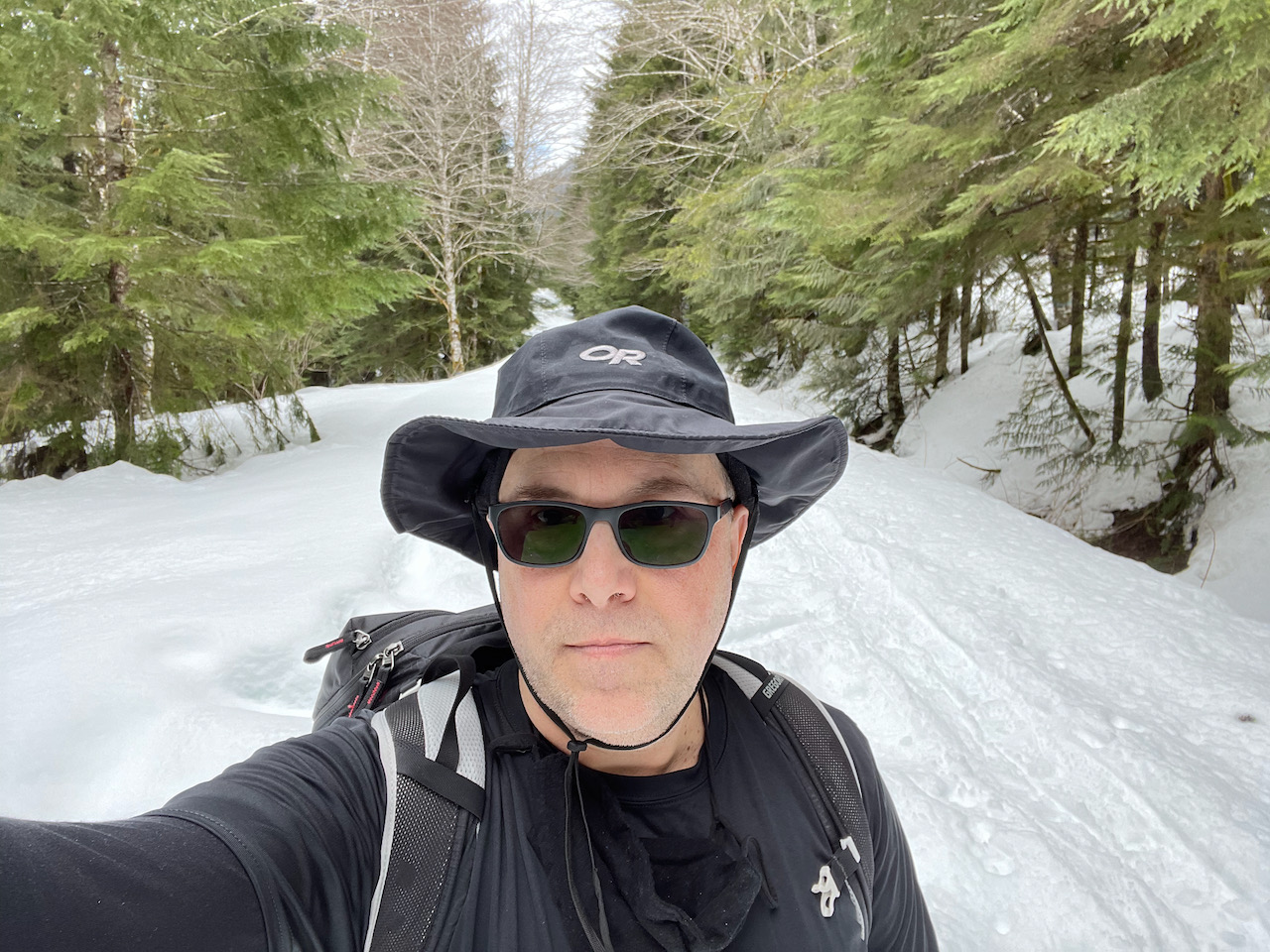Morse Runner is one of a handful of tools (Morse Runner, RufzXP, CW Player, G4FON) that CW Academy uses in its curriculum, primarily with the Intermediate and Advanced classes (though I did try with my Basic), to help them acclimate to rapid head-copying calls they might hear during the event. Since they will be eventually trying to get onto CWops’ CWT, I created a database of the current CWops roster through March 2021 – simply replace the MASTER.DTA file that comes with Morse Runner.(Note that below, I am using the version BH1SCW created.)
Its primary purpose is to help students learn how to rapidly copy random call signs and numbers that one might encounter in one of the many ham radio events. What makes it especially interesting is you can load a database of call signs and add a variety of real-world noise effects.
In the video below, I walk through running four calls in “Single Call” mode with no sound effects. In the video, I was fortunate to run into different kinds of responses the program might kick back.
Later, we’ll try “WPX” mode with the full sound effects:
- QRN – Naturally-occurring noise, like lightning
- QRM – Man-made interference, such as from another transmitter or your neighbor’s grow lights (I wish I were kidding)
- QSB – InstaBility in signal from changes in the ionosphere
- Flutter – QSB plus a Doppler shift in frequency, this occurs most often with auroras.
- LID’s – the operator makes a mistake in sending a code. This is usually followed by them sending a bunch of dots then resending. For some reason, hearing the computer simulating this is hilarious.
Ray Burlingame-Goff, G4FON, has a free training tool that also provides these sound effects, and, for a modest fee, an excellent trainer for specific contests.
